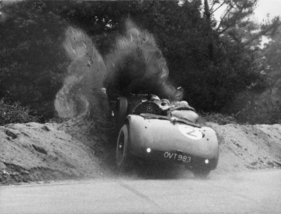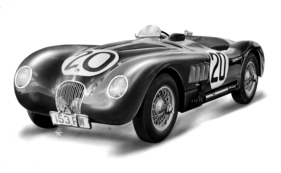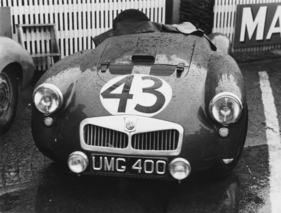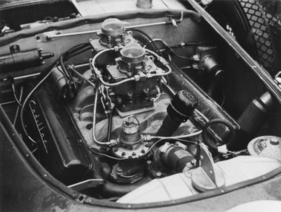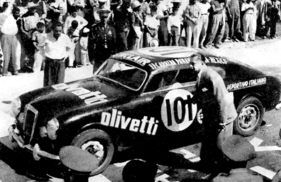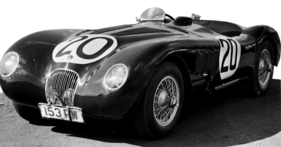Le Mans 1951 - Triumph of the British car industry
Summary
Even in the run-up to the 1951 24 Hours of Le Mans, it had been clear that a tough battle would lead to the top of the classic. However, hardly anyone would have guessed that the largely untested Jaguar XK 120C (C Type), which was presented at short notice, would be the candidate for victory. But firstly, things turn out differently and secondly, the Jaguar XK 120 C was waved off as the winner by a record distance, beating the Talbot-Lago and Ferrari as well as the Cunningham and Allard by a considerable margin. The five comparatively standard Aston Martins completed the British triumph with good placings.
This article contains the following chapters
- Many new vehicles
- A race of endurance
- Eight different brands in the first eight places
- Overall victory and record-breaking run by the Jaguar XK 120 C
- Americans beaten
- French and Italians only successful in the smaller classes
- Eighth place for Porsche
- Fatal accident due to barbed wire
- Rainy weather and new rules
- Outlook and significance of Le Mans 1951
- Overall classification
- Further information
Estimated reading time: 6min
Preview (beginning of the article)
Even in the run-up to the 1951 24 Hours of Le Mans, it had been clear that a tough battle would lead to the top of the classic. However, hardly anyone would have guessed that the largely untested Jaguar XK 120C (C Type), presented at short notice, would be the candidate for victory. Many new vehicles While the previous year's winners reverted to the tried and tested Talbot-Lago T26 GS, Jaguar surprisingly arrived at Le Mans with a completely new XK 120C. The XK 120 production sports car had been transformed into a serious racing machine , weighing 950 kg and producing 190 hp, which corresponded to a power-to-weight ratio of 5 hp/kg.
Continue reading this article for free?
Photos of this article


















